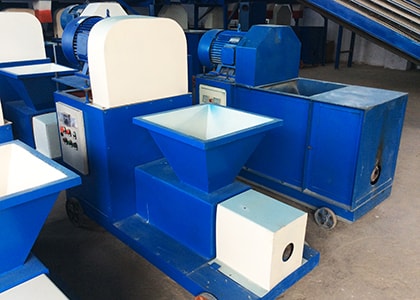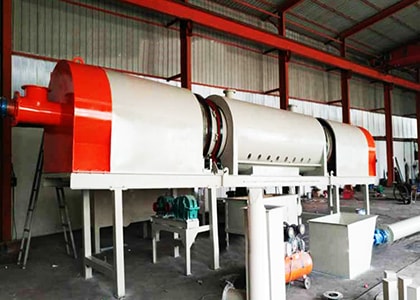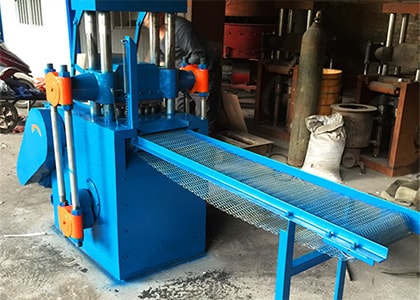One day soon, you may be able to have your Christmas tree and eat it too. Because if researchers at the University of Sheffield get their way, we’ll turn our Christmas trees into dessert. In a piece for The Conversation, Cynthia Kartey, a doctoral student contributing to this research, explains that the university’s Department of Chemical and Biological Engineering is researching sustainable ways to convert the pine needles in used Christmas trees into new materials such as sugar and paint. A complex polymer called lignocellulose makes up 85 percent of the composition of pine needles. Since lignocellulosic biomass is rich in carbohydrates, Kartey and her colleagues want to break it down to make edible sweeteners.
Her laboratory is looking into liquefaction, which uses environmentally friendly solvents such as glycerol and water to turn the pine needles in spruce and fir trees into glucose, acetic acid, and phenol. In turn, the glucose can be used to make sugar, the acetic acid converted to paint or vinegar, and the phenol used in manufacturing pharmaceuticals. Even the biochar—the solid that is left over from the liquefaction process—can be put to industrial use.
“The motivation for working on this is that our fossil resources are finite,” says James McGregor, Senior Lecturer at the University of Sheffield’s Chemical and Biological Engineering department and Principal Investigator for this research. “We need to look at sustainable ways of converting waste materials into fuels and other products we normally get from crude oil.” McGregor’s lab is also looking into using liquefaction to convert waste from industrial bakeries into solid carbon that can be used to remove pollutants from wastewater.

Charcoal Machine

Carbonization Furnace

Briquette Machine